OUR HISTORY
 |
The institution had a very humble beginning. From the first two destitute children to the present strength of nearly two thousand students is a far cry, yet it is a proof of the sound foundation and enlightened leadership that this institution has been blessed with. It was on April 26th 1885 that Rev. Fr. Norbert, O.F.M. Cap., the then Parish Priest of St. Joseph’s Church, Hazratganj. The present St. Joseph's Cathedral took under his protection ISSAC and CHARLES CLAUDIUS and started teaching them himself. This posed to the good priest a serious problem but it was also a germ that produced an idea. Realizing that his congregation was in dire need of an educational institution for boys, he went about putting his plan into action. were few and those that existed catered mainly to the British, the then rulers of this country. From the pulpit and in his house to house visits to his parishioners, the enterprising priest spoke of his scheme and appealed for help. Without means and without funds he started St. Francis’ School and Orphanage. He knew no help would be forth coming from Government yet he severed. | 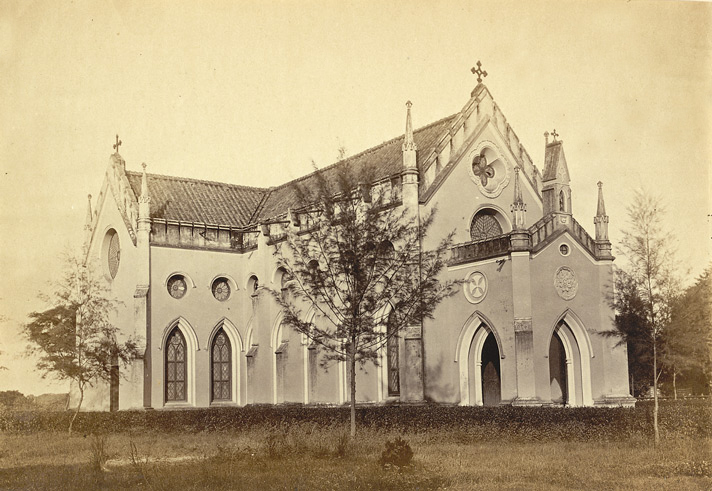 |
 |
It was a bold step because in those early days schools of this kind Infrastructure. At first be converted a portion of his bungalow on the south-east of the church ground into classrooms and a small thatched room that served as his kitchen and store into a dormitory. Originally the Priest House at Hazratganj was situated on the plot where Cathedral School now stands. Children started flocking in. Mr. J. B. S. Boyle a |leading advocate of his time was generous with his advice and financial assistance and Mr. H. A. Cosgrove the first full time teacher. Unfortunately on 26th March 1886, Father Norbert expired at a young age of forty years. He was succeeded by Fr. Emmanuel Van den Bosch, a Belgian Capuchin who carried on the good work with the same vigour. The school was still in its infancy but the rapid increase in enrolment rendered necessary a new building programme. On Sunday, 4th May 1890, Fr. Bartholomew, 0. F. M. Cap., laid the foundation stone of St. Francis’ Boarding and Day School for boys. | 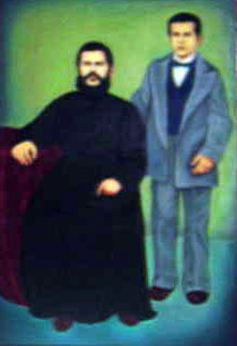 |
 |
The cost of Rs. 5,094 was paid by the Bishop of Allahabad, and some well wishers. In 1893, Fr. Bartholomew built the new priest house on the site where the Bishop’s House now stands and released the old presbytery to the school and served as the boys dormitory. In 1894, Fr Petronius Gramigna,0. F. M. Cap., later to become Bishop of Allahabad brought the school under the Educational Department securing for it the recognition of a Middle School. Constant additions and re-adjustments were being made to cope with the continuous expansion but little could be done due to lack of funds and space. In 1908 it was brought to the notice of the school authorities that a large and extensive property together with a building in the centre was for sale. The property was adjoining the church compound on Shahnajaf Road and was purchased, the amount being paid for by Dr. Petronius Gramigna, the then Bishop of Allahabad. The said property is the present site of St. Francis’ College.Fr. Celestine, 0. F. M. Cap., was appointed Principal on 1st June 1910. | 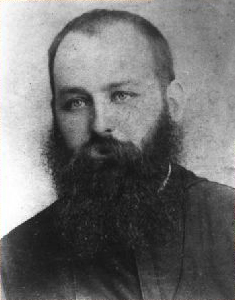 |
 |
Young and eager, he submitted to the Educational Department a building project to be erected, on the newly acquired land. Though the scheme was approved of by both the Inspector of European Schools and Director of Public Education, sanction of the building Grant was slow in coming. Too much precious time was used up in correspondence and finalization of the Building Plan. Ultimately an amount of Rs. 85,410 was sanctioned while the remainder of Rs. 35,557 had to be met by the Diocese. On May 6th, 1915, Fr. Celestine laid the corner stones of two imposing and spacious buildings on either side of the central bungalow. One building [present Concert Hall] was meant to House the school hall and classrooms while the other [present Gymnasium] was to be a dormitory for Boarders. In the foreground was the front field [180 x 90 yards] suitable for games and other school functions. The building contract was given to Messrs. P. Labanti and Company of Italy who despite the restrictions and high cost of material due to the war years was able to complete the building by January 1918. | 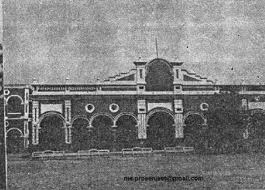 |
 |
On 7th February 1918, H. E. Sir James Meston, Lt. Governor of U. P. paid a State visit to the new school. While construction work was going on the school authorities were on the look out for more land. At the back of the out- houses was a large field 150 X 100 yards [Backfield] which was acquired for Rs. 6,644. The acquisition of Dayal Bagh Land came next. Thus, St. Francis’ School was given its footing in a large open space with healthy surroundings. In 1921; the school secured recognition as a High School and affiliated itself to the Cambridge University for the Senior Cambridge Examination. From the year on its course has been one of steady progress both in the educational field as well as in building expansion. In 1923, Fr. Stephen, 0. F. M. Cap., set free the school hall for study purpose by the erection of the refectory. | 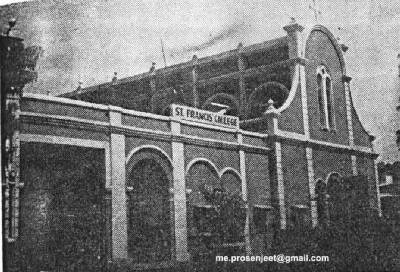 |
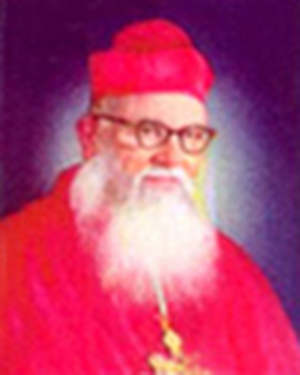 |
Two years later in 1925, Fr. Celestine realised his long cherished dream by providing the school with an Infirmary (Present Principal office and Staff Room) and Chapel. In 1929, another urgent need was supplied by the erection and equipment of a Science Laboratory (present Chemistry Laboratory and Balance Room). This was made possible by a grant from the education department arida contribution by Bishop Poli. At the death of Fr. Celestine on 1st April 1941, who had been Principal of St Francis’ High School for over 30 years, his place was taken by Fr. John Chrysostom, 0. F. M. Cap., who went all out to provide new classrooms and remedy a long felt want. So far the central building an old house, served as Principal’s and Headmasters office. Principals and Disciplinarians living quarters in addition to housing the library and classrooms. In front of the infirmary, on 12 October 1941, the foundation stone of the St. John Chrysostom block in keeping with the style of the other buildings was laid. Part of the cost was given by the Government and the rest by the mission. It housed the Principals and Disciplinarians living quarters. Principal’s office and some classrooms. About the same time in 1940, due to the rapid expansion of the Church in North India, the Diocese of Allahabad became too big to be handled by one man. Hence the Diocese of Lucknow was carved out and Fr. Conrad De Vito, 0. F. M. Cap., was appointed as its first Bishop. However due to the war the British had interned all foreign missionaries at Dehradun and so it was not till 16th February 1947, that Fr. Conrad was consecrated as Bishop of Lucknow. |  |
 |
In post Independence year the school was ushered into a new era of progress and expansion and brought in line with the new educational policy. The old central building had become an eye sore and was pulled down, and a new double storey building containing 14 airy classrooms erected. The corner stone was blessed by Bishop Conrad De Vito and was laid by Dr. Sampuranand, Minister of Education, U. P,, on August 2nd 1947, “as a pledge of co-operation between the Catholic Church and the State in the field of education in the new and independent India” and declared open on 21st March1951 by H. E. Shri H. P. Mody, Governor of U. P. The new block was dedicated to Bishop Poli as a mark of gratitude for his endeavours in the field of education during his 50 years ministry, and for the keen interest he took in the school during his 32years as Bishop of Allahabad. The St. Francis’ Hospital and Charitable Dispensary was officially opened on 8 February 1953, thus providing the school with a well equipped and up to date infirmary making its former accommodation available for the school library and Principal’s office. Since 1920 the school had dreamt of a Teachers’ | 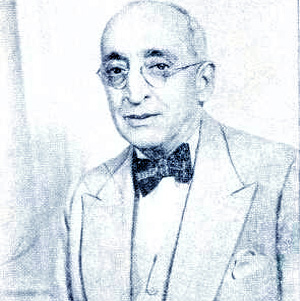 |
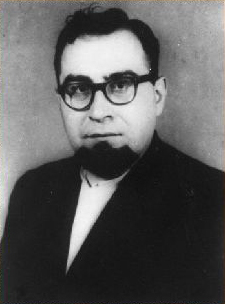 |
Quarters. On 6th July 1959, the Bishop had the satisfaction to bless the new Teachers’ Quarters at the entrance to the school compound. While these three major tasks were being done the authorities did not lose sight of general improvements and minor additions, to the already imposing pile of buildings. New classrooms, a garage, re-modelling of the servant’s quarters were all part of the integral plan of adaptation to present times. But demand for admissions was relentlessly increasing. More classrooms were the need of the hour. Thus in 1963 | 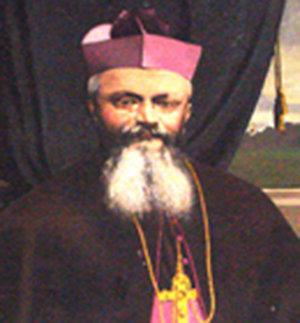 |
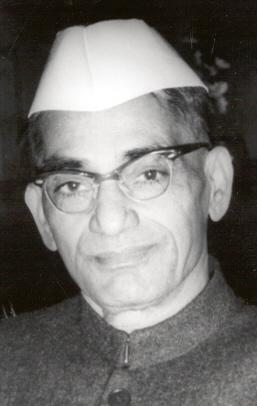 |
an old-house at the back of the central building was pulled down and a three-storey building containing eight classrooms, a study hall, a new unitary block, two large dormitories and a library were constructed by the Principal Fr. Ramano, O.F.M. Cap. The building was opened on 30th September 1963, by H. E.Shri B. N. Das, Governor of U. P. The original dormitory was given wooden flooring and converted into a well equipped and modern Gymnasium. In the same year the name of the Senior Cambridge Examination was changed to Indian School Certificate Examination. In 1968 Fr. Romano left for Italy after a long and faithful tenure in India. In recognition for the service rendered to the school, the new Principal, Fr. Cyril, 0. F. M.Cap., instituted the Fr. Ramano Merit Scholarship’ for poor Catholic students in recognition of the work done by Fr. Alfred during his tenure as Principal from 1953 to 1958.In 1971 the school was handed over to the Diocesan Priests and Fr. Leo Lobo became the second Indian to become the Principal of St. Francis’ School, the first being Pr. Raphel who was Principal from 1949 to 1952. | 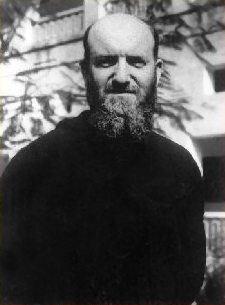 |
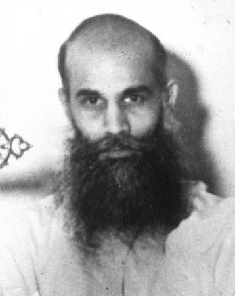 |
In October of the same year Rt. Rev. Dr. Cecil De Sa, was consecrated as the second Bishop of the Catholic Diocese Of Lucknow as a successor to Bishop Conrad DC Vito who had expired in November the previous year. Still the demand for admission kept increasing. In 1972 the St. John Chrysostom block was pulled down and the foundation stone was laid for a junior block. The new two-storied block was completed in July 1974 and opened by Fr- Raymond in the absence of the Bishop. Meanwhile the Council had decided to do away with the old I. S. C. Examination at the end of Class Eleven and introduce the new 10+2 system with an examination at end of Class Ten (Indian Certificate of Secondary Education called I. C. S. E.) | 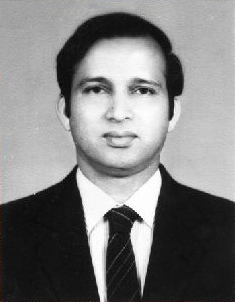 |
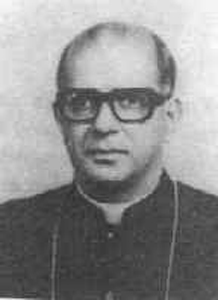 |
And another at the end of Class Twelve (Indian School Certificate examination called I. S. C. (12) leading directly to University education. In 1975, the first batch of I. C, S. E. students appeared for their examination. Since there was a lack of Intermediate Colleges in Lucknow where our students could join; it was decided to open classes eleven and twelve and the institution was re-christened St. Francis’ College in January 1976. But the Science Laboratories were small to meet these demands, thus the existing laboratories were broken down and in its place a two storied structure was put up. In May 1977, Fr. Leo Lobo was transferred and Fr. Ignatius Menezes became Principal. The Council had decided to change the scholastic year from January-December to April-March. This made it necessary to have two short years, one from January-May in 1978 and another from July-March in 1978-1979. In January 1979, Fr. Ignatius Menezes was elevated to the rank of Bishop of Ajmer-Jaipur (the third Principal of St. Francis’ College to be given this honour) and Fr. Baptist D’Souza became Principal. Under him the College saw many improvements. The entire front quadrangle and pathways were paved, old-furniture periodically replaced and classrooms and buildings given facelifts. | 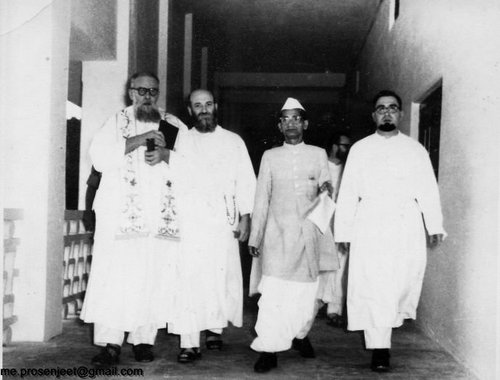 |
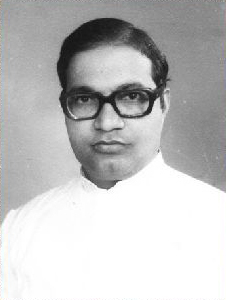 |
In October of the same year Rt. Rev. Dr. Cecil De Sa, was consecrated as the second Bishop of the Catholic Diocese Of Lucknow as a successor to Bishop Conrad DC Vito who had expired in November the previous year. Still the demand for admission kept increasing. In 1972 the St. John Chrysostom block was pulled down and the foundation stone was laid for a junior block. The new two-storied block was completed in July 1974 and opened by Fr- Raymond in the absence of the Bishop. Meanwhile the Council had decided to do away with the old I. S. C. Examination at the end of Class Eleven and introduce the new 10+2 system with an examination at end of Class Ten (Indian Certificate of Secondary Education called I. C. S. E.) | 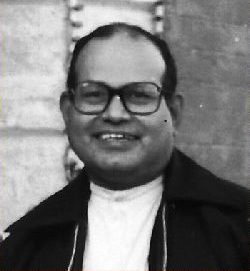 |
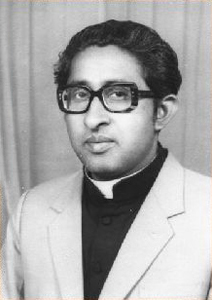 |
It strives towards the integral and personal formation of young boys who will grow into mature, spiritually oriented men of character. It encourages boys to keep their ideals high and strive for excellence in every field. It endeavours to inculcate into them the value of freedom and its judicious use. Besides catering to scholastic needs the College attaches great importance to extra and co-curricular activities in an attempt to produce physically and mentally alert citizens of India. Late. P. A. J. Lewis (Old Franciscan – 1952 – 57) Science Master 1971-1988 |  |

